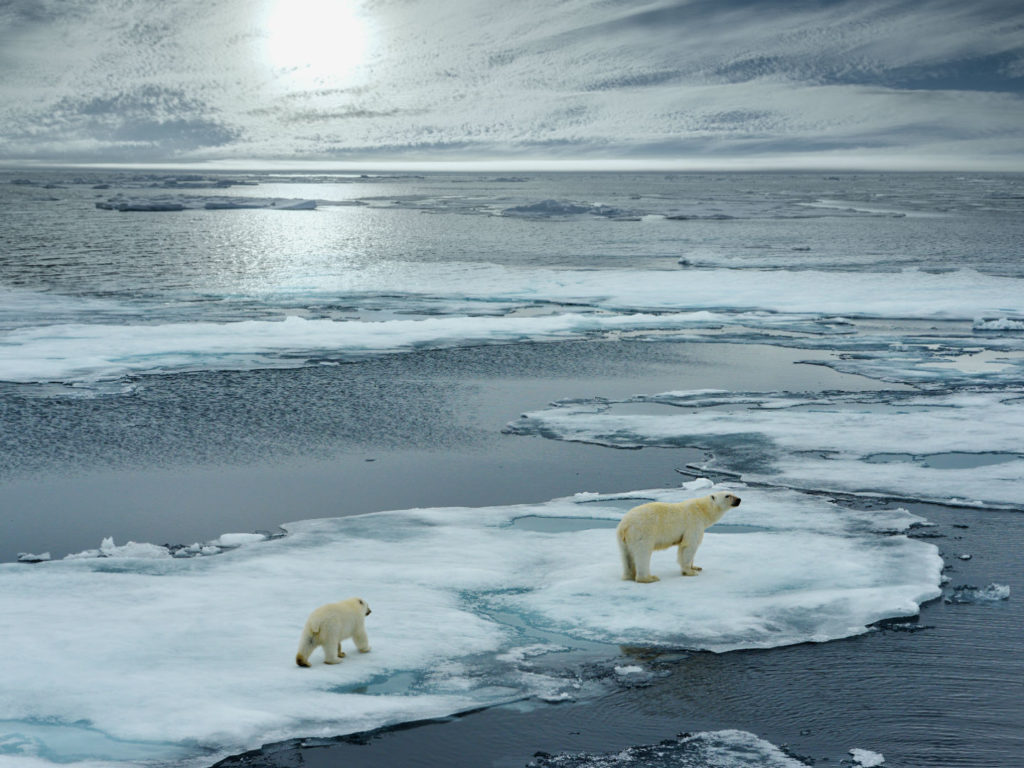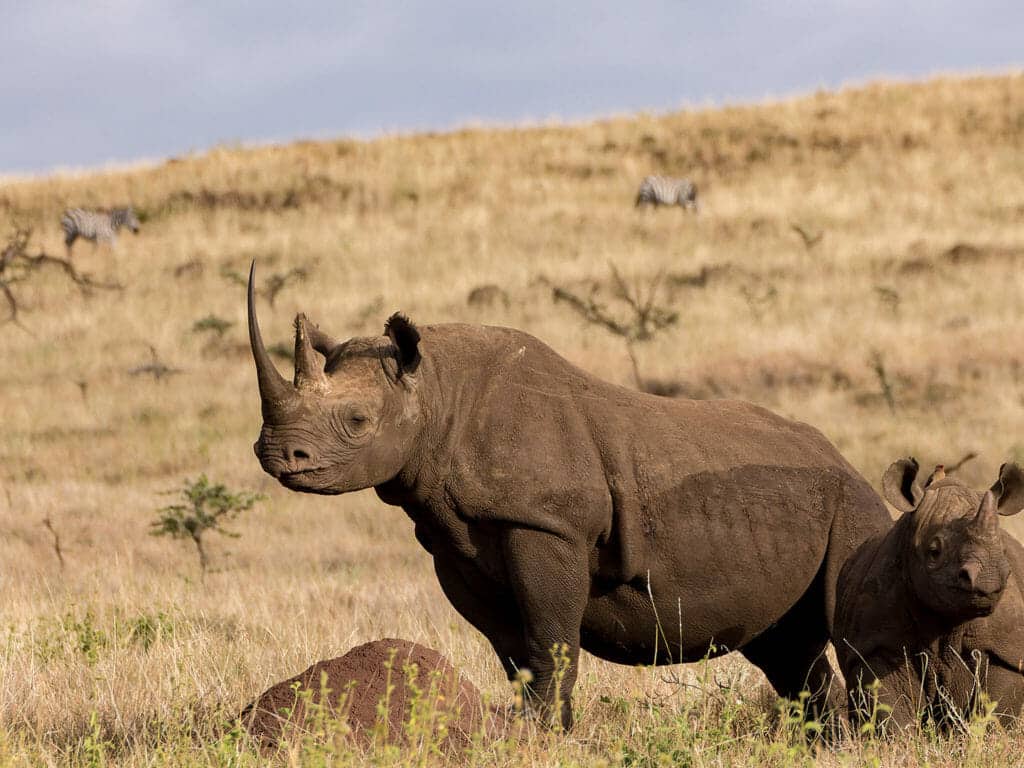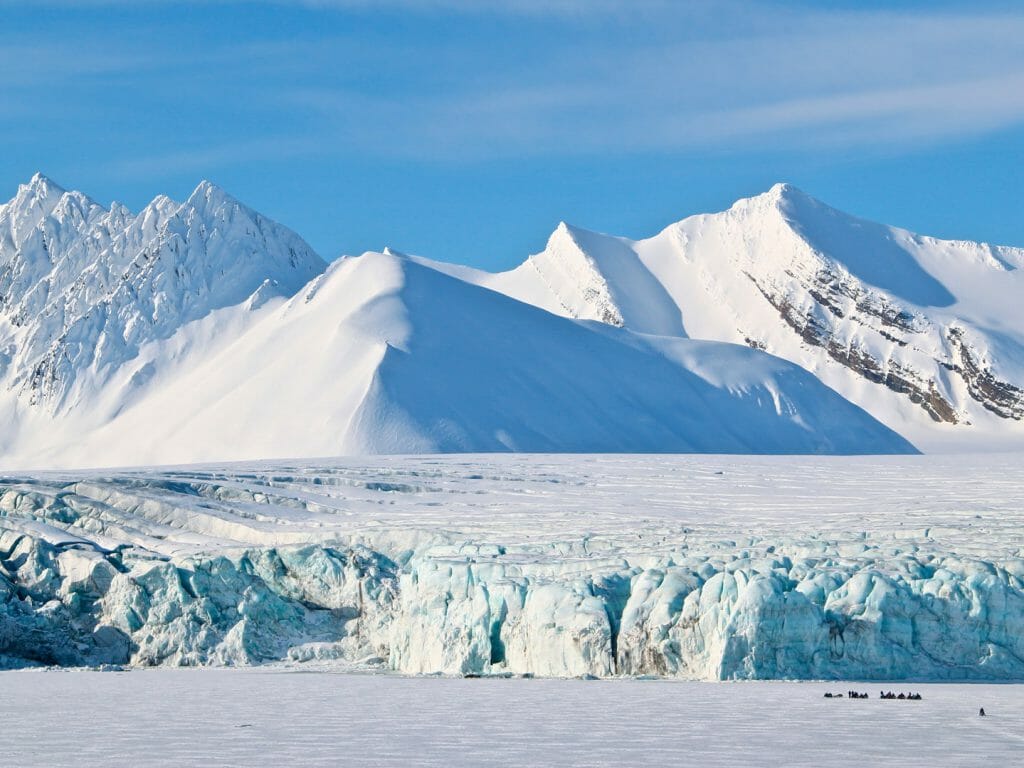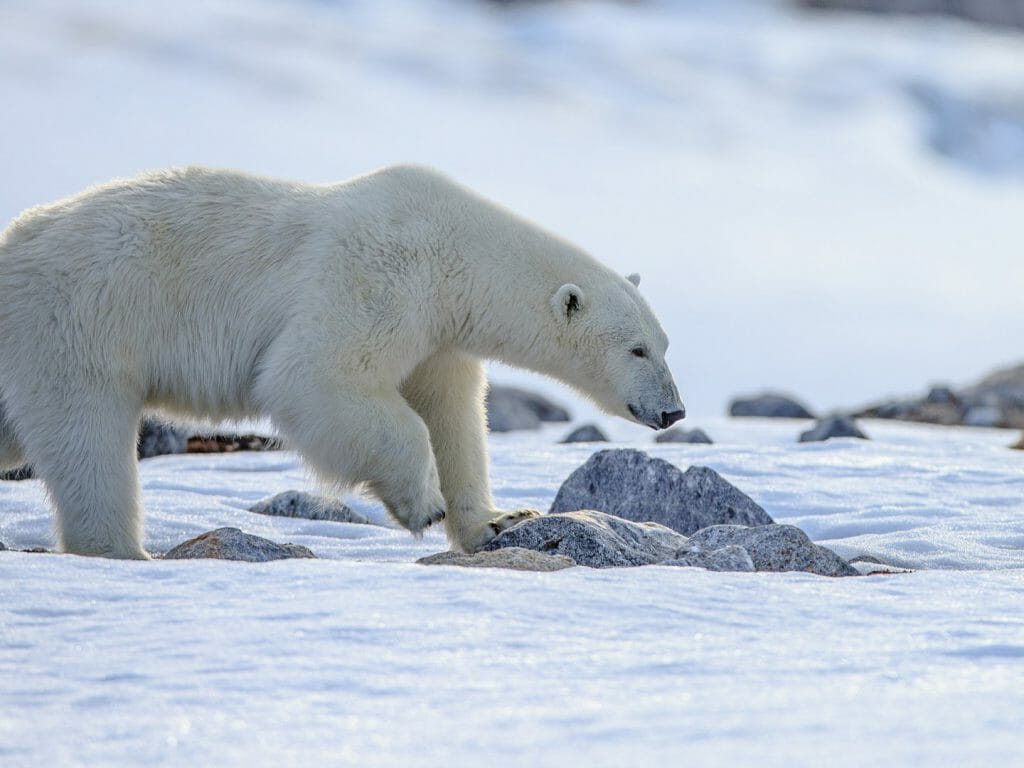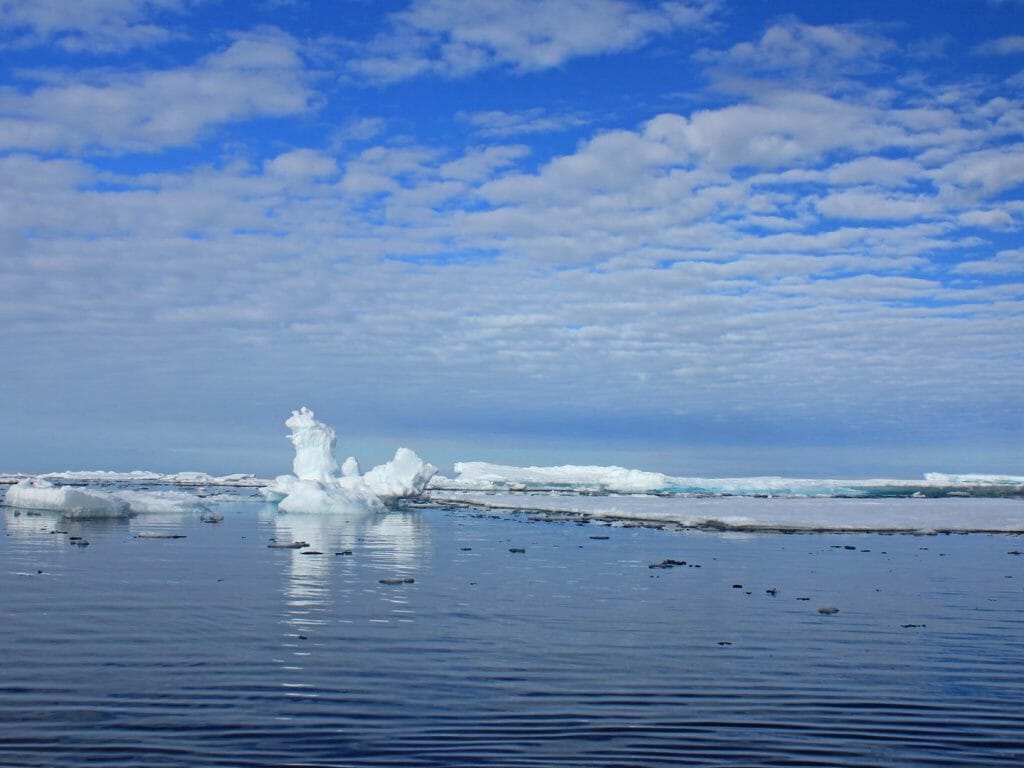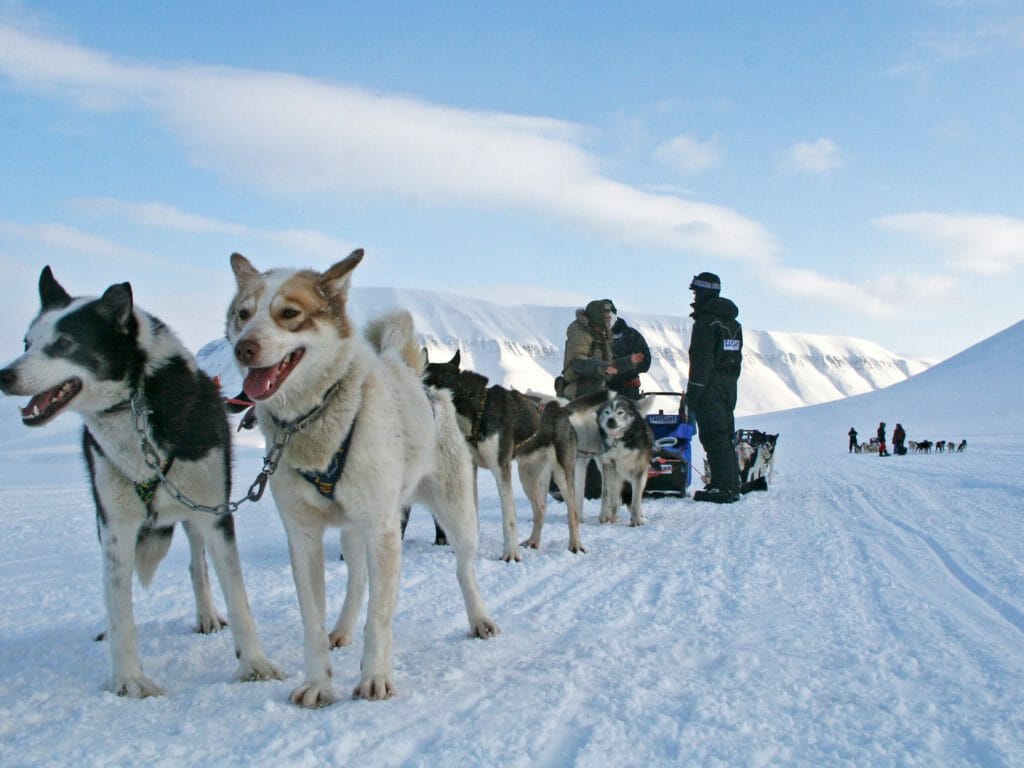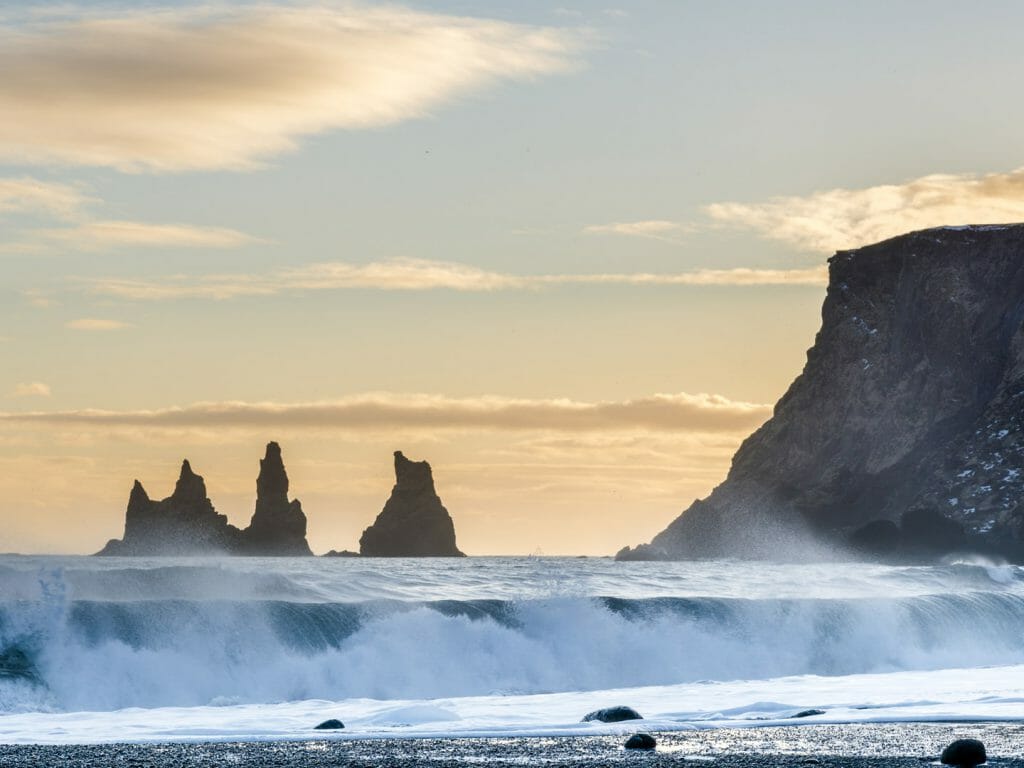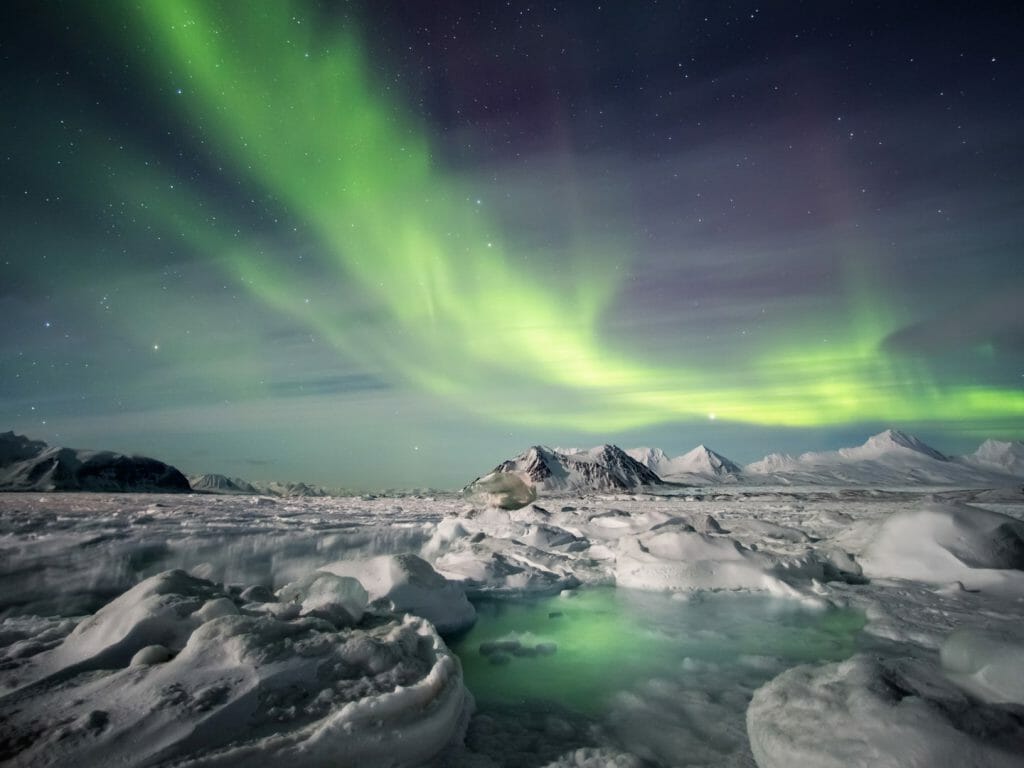1. Less than 2% of polar bear hunts are successful
Polar bears spend about half of their life hunting for food. Their main prey being ringed or bearded seals although they will scavenge on carcasses or take small mammals, birds and eggs.
2. They are classified as marine mammals and can swim constantly for days at a time
Because they spend most of their lives on the sea ice they are the only bear species to be considered marine mammals. Their large paws are adapted for swimming, used like a paddle through the water while their hind legs are flat like a rudder. They can swim at speeds of up to 6mph and for long distances to get from one area of ice to another.
3. They are not white bears, there are 19 sub-populations and grizzly-polar bear hybrids exist
Their fur is actually transparent and only appears white as it reflects visible light. Their skin is jet black and as recently as 2006 genetic testing confirmed that hybrids of grizzly-polar bears exist. Polar bears evolved from brown bears as recently as 150,000 years ago. It is estimated there are 26,000 wild polar bears but only one of the 19 sub-populations are on the increase. They are classified as vulnerable.
4. Scientists can extract polar bear DNA just from their footprints
An innovative new technique developed by WWF and DNA specialist firm SPYGEN which isolates DNA from a polar bear’s footprint in the snow. It can even detect that it had eaten a seal.
5. Their nose is one of their greatest assets
They have such a strong sense of smell they can smell prey up to a kilometre away and sense seal breathing holes in the ice. Once the hole has been located they will wait patiently until the seals come up for air. They can even detect a seal in the water beneath a metre of compacted snow.
You can travel to the kingdom of the polar bear with us in July 2018 on our Spitsbergen Cruise.
*Facts from WWF website.


